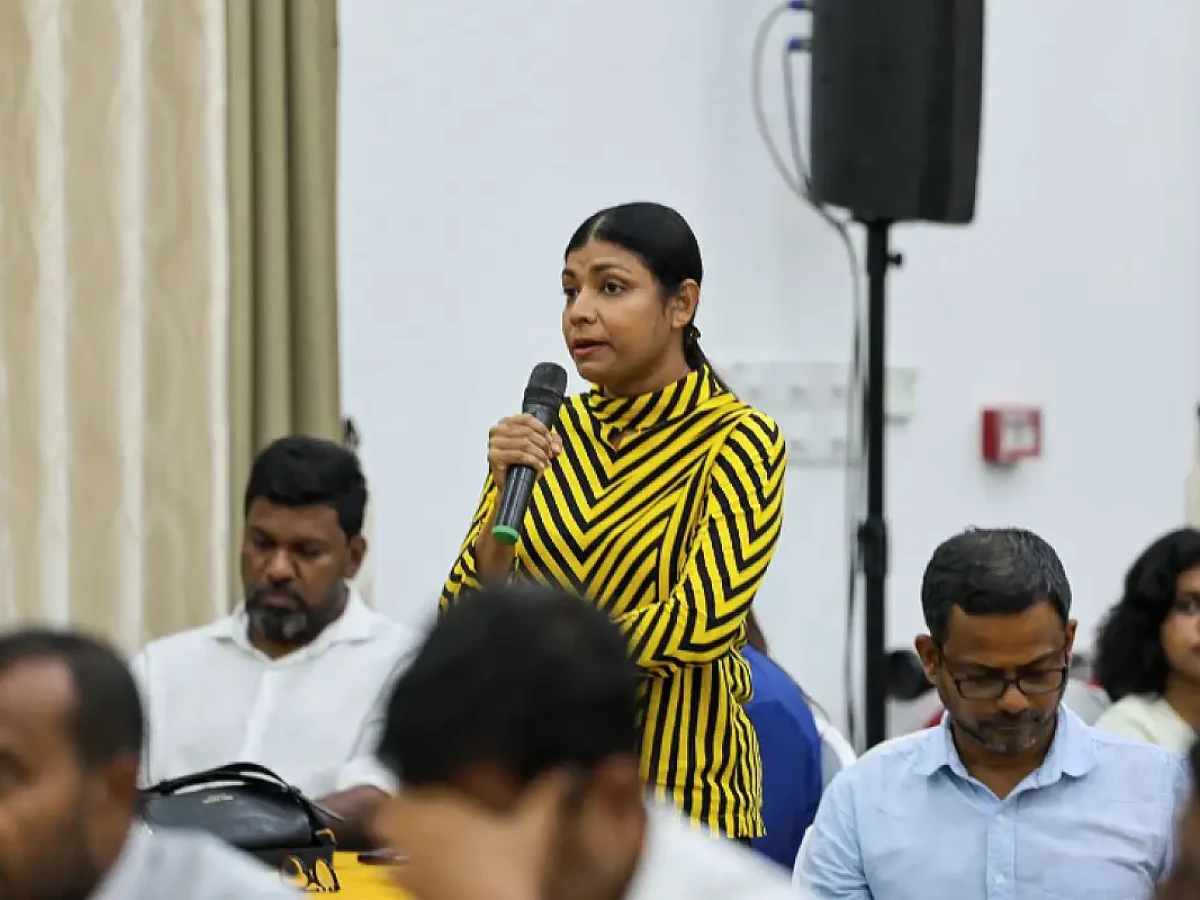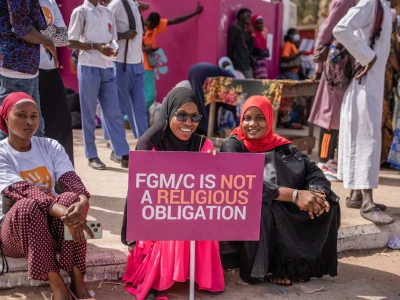
Maldives opposition seeks women quota in parliament
Rozaina's amendment said the primary thinking behind the move was to increase the participation of women in legislature
Summary
Rozaina's amendment said the primary thinking behind the move was to increase the participation of women in legislature
A senior opposition lawmaker has filed a constitutional amendment to reserve a third of parliament seats to women.
Main opposition MDP lawmaker, Addu Meedhoo MP Rozaina Adam has submitted a bill seeking to amend the constitution to reserve 33 percent of parliament seats to women.
Rozaina who failed to secure a party ticket for the upcoming parliamentary elections is seeking to amend the constitution to include:
-
1-
Out of the total number of seats in parliament, 33 percent must be allocated for women
-
2-
The constituencies for the women quota would be decided by a draw
-
3-
Once the constituencies are drawn, parliament must decide on electing women to the seats under the quota
Rozaina's amendment said the primary thinking behind the move was to increase the participation of women in legislature.
There are five female members in the current parliament. There are relatively few women contesting the upcoming parliamentary elections as well.
The Democrats now working jointly with MDP is also seeking similar legal amendments to boost the number of women in parliament.
The party's chief lawmaker and Central Henveiru MP Ali Azim's amendment to Article 72 of the Constitution to encourage more female members of parliament would force political parties to nominate a certain number of women candidates. He proposed:
-
Political parties should reserve one out of every 10 constituencies for female candidates; (for example, if a party has 80 candidates contesting the election, there must be at least eight women candidates)
-
The details of the designation of female candidates should be included in the Political Parties Act
His amendment also includes a bid to limit the number of lawmakers in parliament.
Azim moved Article 71 which describes the procedure for determining the number of members:
-
1 member for every 6,000 and 12,000 people in the administrative districts
-
2 members for total population of 12,000 and 18,000 from administrative districts
-
3 members for total population of 18,000 and 24,000 in administrative districts
-
4 members for a total population of 24,000 and 36,000 in the administrative districts
-
5 members if the total population of the administrative constituencies exceeds 36,000
Article 71 of the Constitution requires one member to be elected for a population of 5,000 in each administrative constituency. However, if Azim's amendment is passed, a constituency will have a population of at least 6,000.




